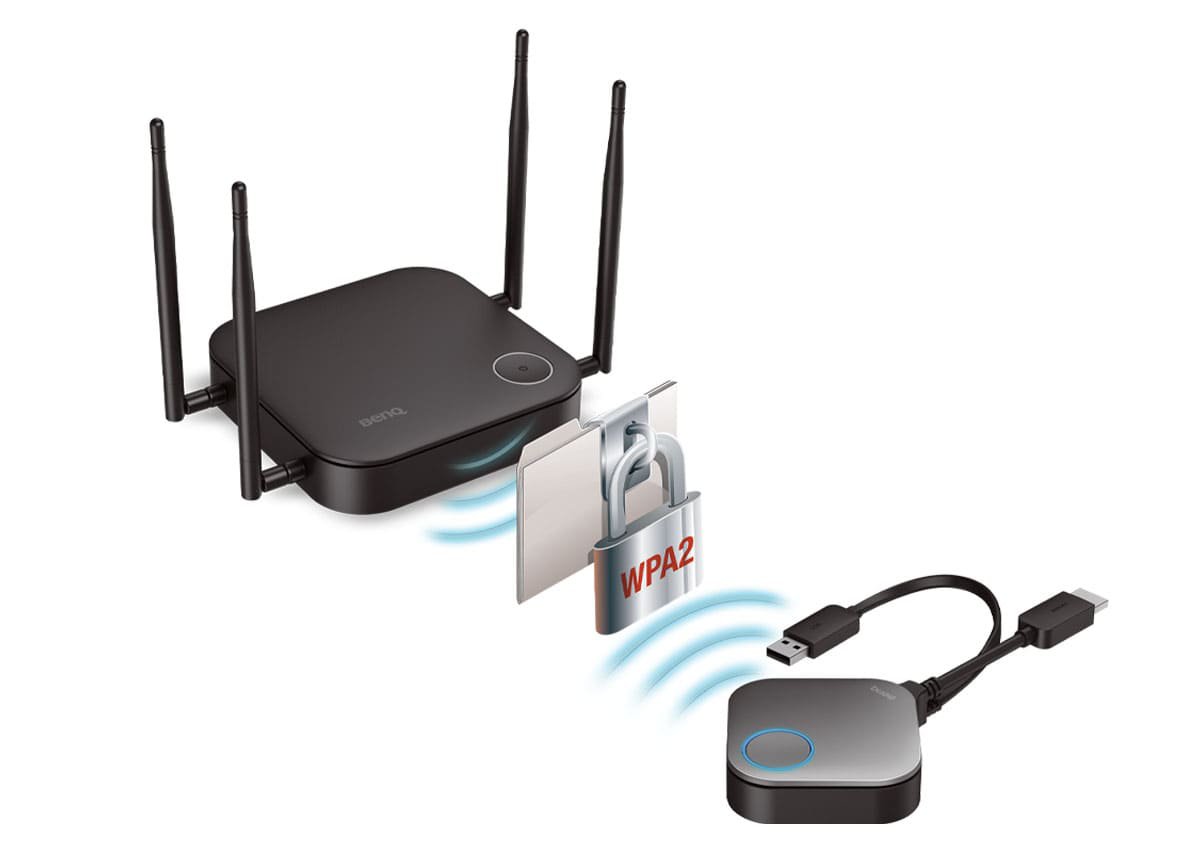Projector
Monitor
Lighting
Digital Display
Job References
This site uses cookies. By continuing to browse the site you are agreeing to our use of cookies, you can also manage preferences.
This site uses cookies. By continuing to browse the site you are agreeing to our use of cookies, you can also manage preferences.
Projector
Monitor
Lighting
Digital Display
Job References
Projector
Monitor
Lighting
Digital Display
Job References
Knowledge Center SupportWireless presentation systems (WPS) allow users to share their ideas to the screen wirelessly from their device. In a classroom, they allow teachers to conduct more engaged, successful lessons, and allow for social distancing needs and are highly effective to allow students to connect to the presentation while maintaining social distancing. Modern flipped classrooms demand the alternative placement of displays; teachers are delivering on their promise of improved student performance, many IT administrators are looking at how they can incorporate wireless screen mirroring technology to enable students and teachers to mirror their screens in classrooms intuitively.
Here are important considerations for IT and technology managers when examining these solutions.
While Miracast, Chromecast, and Apple TV/AirPlay are inexpensive, they are not classroom-ready. For a classroom, they require a third-party application, which has to be licensed and managed for each type of device. For example, a teacher may be using a PC-based notebook while students are using an iPad or Chromebook, requiring three different licenses. As a result, staff is saddled with more labor than they originally budgeted.
Systems that rely on your network, such as Kramer Via and Airtame 2, can require lots network bandwidth — up to 25mps per user when sharing video. If four students are streaming to the screen, that’s already 100Mbps, which can impact overall network performance. IT managers also have to closely monitor security because these network-dependent solutions can create network vulnerabilities.
Keeping the campus network secure is critical – and wireless presentations that are highly dependent on network access need to be managed and updated to ensure that hackers don’t use the system to access or shut down the network.
Solution – look for a system that minimizes the need to use your campus network – and keeps it safe.
From Chromebooks to digital microscopes and STEM Beagle Boards, more electronics have an HDMI port. In addition, school districts are using a mixture of devices. These are all sources that need to be shared to the projector or interactive flat panel (IFP). WPS built for the classroom should handle computers, Chromebooks, Blu-ray Players, microscopes, and any HDMI source on the horizon.
From Chromebooks to digital microscopes and STEM Beagle Boards, more electronics have an HDMI port. In addition, school districts are using a mixture of devices. These are all sources that need to be shared to the projector or interactive flat panel (IFP). WPS built for the classroom should handle computers, Chromebooks, Blu-ray Players, microscopes, and any HDMI source on the horizon.
IFPs are replacing projectors. With that in mind, look for a WPS that offers “touch-back,” which allows teachers to annotate files being shared from their notebooks
Eliminating software or license keys, BenQ’s InstaShow S is an affordable plug-and-play WPS. Designed from the ground-up with ease and security in mind, just plug it in, press the button, and present. It’s also the only WPS that can operate independently of the network, truly eliminating the access risk to the network, while ensuring a 100% 128-bit AES-encrypted content stream. InstaShow can present almost any source or device with an HDMI port, giving schools a scalable solution even as technology evolves. The WDC20 model supports up to 32 participants or sources at a time, and when paired with an IFP, the touch-back feature allows teachers to control their laptops directly from the screen. InstaShow S’s split-screen mode enables up to four laptops or devices to be controlled directly from the display.
Thanks for your feedback!
